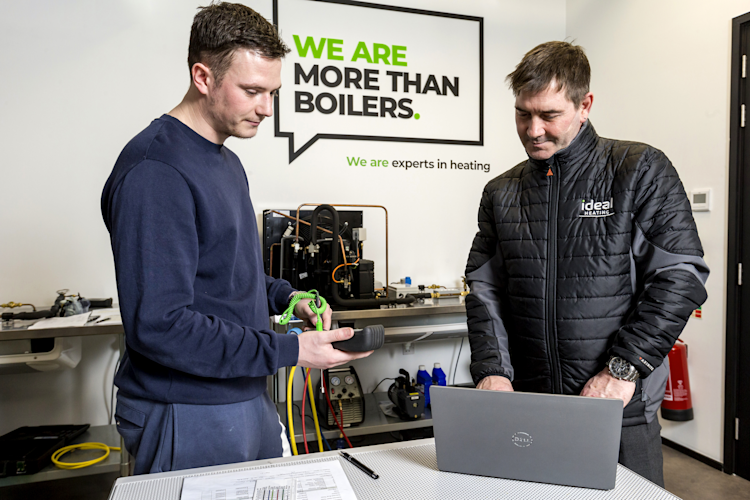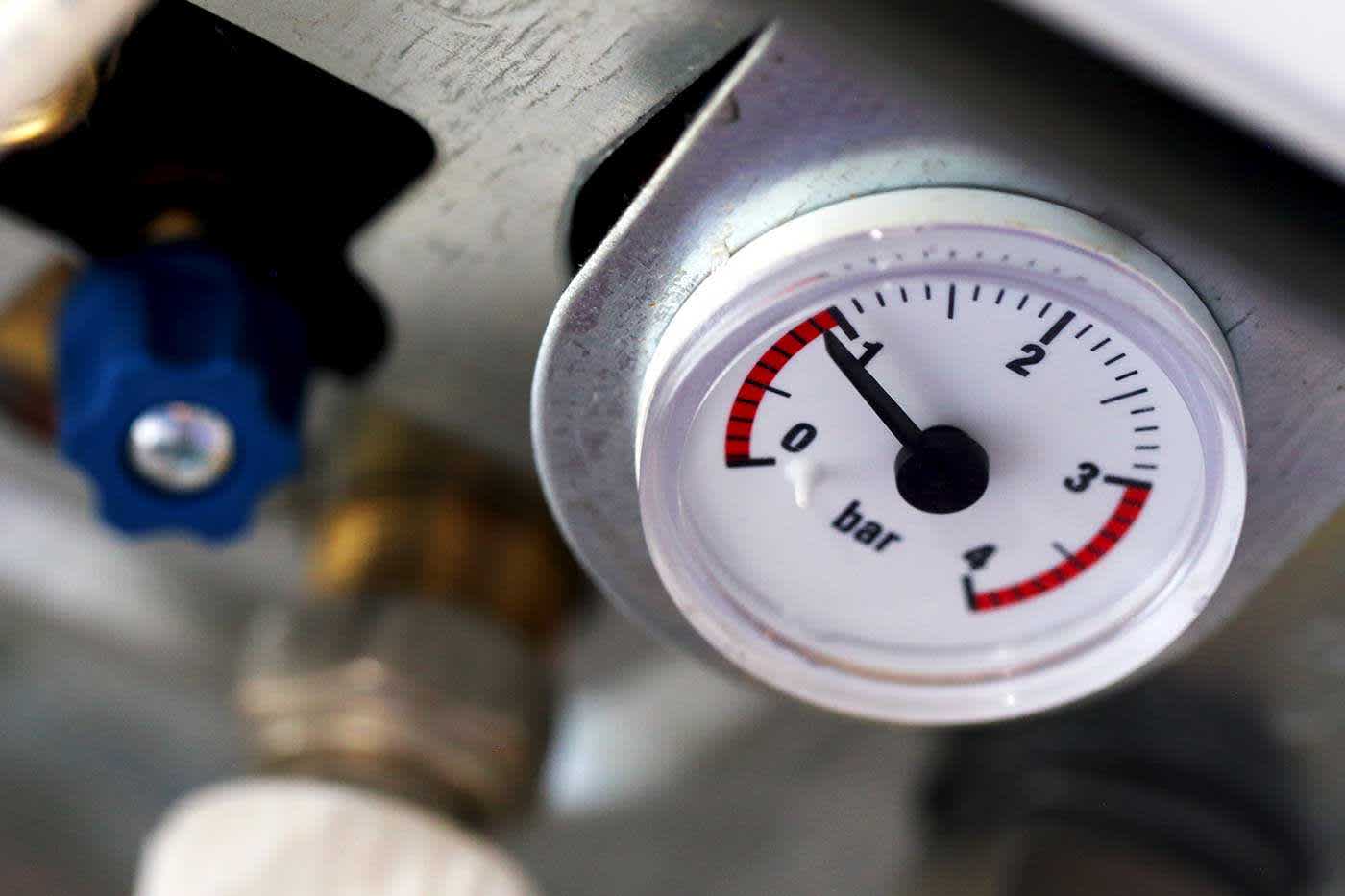
Your boiler: The heart of home central heating
The boiler is what makes your central heating system possible. Whether it’s part of a conventional, system or combi setup, it does essentially the same thing, sending piping hot water around a central heating system and warming your home. Let’s have a look at what goes inside the common boiler systems, and how we arrived at today’s technology.
Pre-modern central heating
Central heating has a long and varied history. Romans and ancient Greeks would force warm air from a fire to circulate under the floors of buildings, and this concept was modified for almost two thousand years around the world.
It was during Victorian times that central heating as we know it today started to take shape. Systems consisting of radiators, pipes and a central boiler that were sealed and under pressure started appearing, although they would have had steam passing through the system, not hot water as is the case today. The advantage of central heating over open fireplaces was that there was one single source of heat – and pollution, smoke, fire hazards and smells – and it could be far away from the rooms that needed heating.
We can still see the legacy of Victorian central heating in many buildings, especially old schools, hospitals and other public buildings, where the big, heavy radiators often still stand (in fact, they’re highly prized by some home-lovers, to the point where replicas are now being made and sold). The shape and size were necessary to contain the high-pressure steam inside (over 200 psi, compared to about 30 psi today), whereas modern replicas are designed for hot water systems.
The modern system
The modern central heating system works on the same principle as the Victorian one. Water is in constant circulation, getting heated in the boiler and pumped around every radiator. With every metre it travels, some of the heat dissipates into the air, and the water cools down, until it re-enters the boiler and starts the whole process again.
No new water is used in the system on a day-to-day basis, although from time to time, air will get in, and you’ll need to bleed the radiators by opening a small valve on your radiators or your heated towel rail. Because air is lighter than water, it accumulates at the tops of radiators, which is why the valve is always at the top. When you bleed the radiators, or if the pressure drops (as it will from time to time, including when you bleed the system), you will need to put more water into the system by opening a tap (or sometimes two taps), either located on the boiler itself or in the pipework entering the boiler.
The boiler
If you’ve ever seen inside a boiler, you’ll probably think it’s a complicated piece of machinery, full of pipes, electronics and other mysterious components. They are indeed complicated, but everything is there for a reason.
The main components are the burner, the pump, the heat exchanger, the condenser, the electronic control system, and of course the pipework for the water and gas. Part of the complex appearance comes from the fact that they are beautifully designed to keep the unit as small as possible while staying safe and efficient.
The vast majority of boilers in the UK are powered by gas, with a significant minority being electric, and the remainder being oil. Gas has traditionally been favoured in the UK, and our infrastructure is sound and reliable, which all adds up to a cheaper source of fuel.
There are three main types of boiler setups in use: combi, system and conventional. As far as central heating is concerned, they all perform more or less the same function: heating up water that’s pumped around the radiator system.
The thermostat
The temperature in modern systems is controlled by a thermostat. It is essentially a temperature gauge attached to a switch. If the temperature in the room is lower than the desired temperature set on the thermostat, it will be switched on, with a signal sent to the boiler telling it to stay fired up and pumping heat around the home.
Once the room heats up and the thermostat detects that it’s reached the desired temperature, it’ll tell the boiler to stop heating and pumping. Because the system is full of hot water, it’ll stay warm for quite some time before the temperature in the room drops enough to trigger it to fire up again.
Individual radiators can be turned on and off, or up and down, by opening and closing the valves where the water comes in. As long as the radiator in the room with the thermostat is turned on, the system will work fine. If the thermostat is in a room where the radiator is usually turned off or in a cold place in the home, it might think the home is cold and the boiler will be on most of the time.
Conversely, if the thermostat is somewhere warm, like a utility room with a washer/dryer on the go, the central heating might turn off more often because it thinks the whole house is warm. That’s why thermostats are usually somewhere neutral, like a hallway.
Into the 21st century
The thermostat on the wall will probably always be required as a way of measuring the temperature. But the way we interact with it is changing. We now have thermostats connected to the internet so we can switch the heating on with our phones when we’re 20 minutes from home – or from our beds.
The boiler itself will also need to remain a fixture in the home’s central heating system, although alternatives to central heating, such as under-floor heating, might take some of the strain from them. Natural gas will inevitably give way to other forms of fuel, be it biogas or even hydrogen.
Heating water with electricity will always be power-intensive. Along with a growth in electric car use and more demand for consumer gadgets, it’s unlikely to become prevalent without a huge change in the capacity for electricity generation and distribution. However, slowly heating water with solar panels or night-time mains electricity is already common, so for system and conventional setups, where the hot water is stored in a tank, it’s already viable – but it’s not ideal for central heating.
That’s the basics
We hope that covers the basics of how boilers work with central heating systems. If you need specific advice on installing central heating, why not get in touch?

















